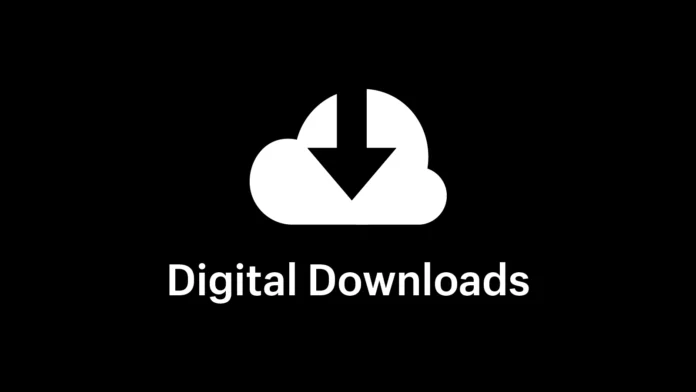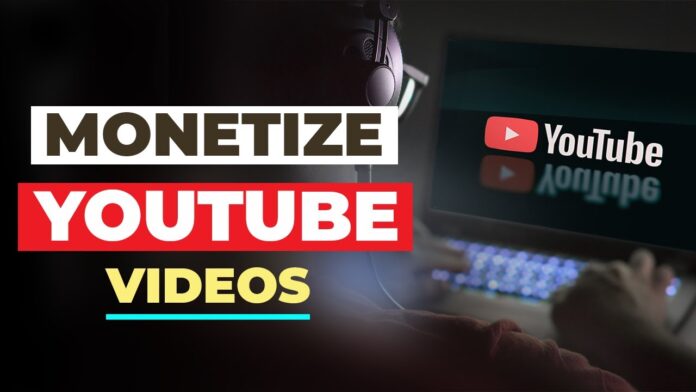Whether you are a student blogger, an educator, an educational facility, or a provider of online learning courses, if you spend your time, effort, and money creating helpful learning content, it is natural to wonder how you can monetize it. Probably, the first answer that will come to your mind is to go the traditional way and use YouTube. But the good news is that there are quite a few different monetization methods you can try.
In this article, an educational blogger and experienced paper writer from DoMyEssay will share the top six tactics for educational video monetization. Let’s see what options are there!
1. Access to Your Content

One of the ways to monetize your educational videos is to offer viewers to pay for accessing your content. Just like people pay to watch a movie at a cinema, they can also pay to watch your videos. There are plenty of successful examples of paid eLearning video materials, including educational films, video courses, lectures, and much more.
To use this monetization method, you need to start selling access to your content through your own website or find a reliable platform for selling your videos there. However, keep in mind that you will need some good marketing to make people want to pay to watch your content.
2. Access to Your Audience
If you are a blogger who has already built a solid followers base, another way to get paid for your content is to sell access not to your videos but to the audience that watches them. To use this method, you need to find sponsors willing to pay you for mentioning their brand, products, or services in your videos. The most important thing is that the niche of your sponsors should always align with the overall theme of your blog and relate to your audience.
For example, student bloggers who share study hacks can promote paper writing services reviews like by NoCramming, helpful educational software and technology, online courses, etc. There are plenty of ideas for successful advertising integrations.
3. Access to Your Platform
The next monetization trick can suit all groups of eLearning content creators who have their own platforms or blogs. The idea is simple. Instead of selling ads or specific videos, make your platform subscription-based and ask your viewers to pay for a monthly subscription to your platform.
The only rule to start monetizing your content this way is that you need to have a broad video content library. If you look at popular subscription-based video platforms such as Hulu or Netflix, you can notice that they always offer a huge variety of content. That’s what subscribers are willing to pay for.
4. Affiliate Marketing

The next trick is quite similar to selling ads. Affiliate marketing also implies promoting other brands, products, or services. But instead of getting paid for views, you will earn a commission on every sale your affiliate partners make.
Affiliate marketing works pretty simply. A content creator mentions a brand, product, or service in a video and adds an affiliate link in a video description. Viewers who get interested in the offer use the link and make a purchase, and a content creator receives their commission. According to stats, over 75% of content creators say that affiliate marketing makes it easy to monetize their site and content.
5. Online Courses

If you’ve been creating educational content for quite a while already and want to start monetizing it, another way to do this is to scale your business and start selling online courses. This is a pretty common practice among creators of educational content. They first deliver high-quality educational videos for free (let’s say on YouTube) to grow the number of followers. Once their audience is big enough, they create an online course on a topic that resonates with their viewers and sell it.
Without any doubt, selling online courses is a good way to monetize your eLearning videos and a logical way to grow your business. However, it is worth noting that creating a solid online course requires a lot of resources. So, if you are a student blogger, this might not be an easy monetization option for you.
6. Digital Downloads

Finally, one last tip we have for you is that you can monetize your educational videos without actually monetizing your videos. This option will come in handy if you don’t find a way to monetize your video content. So, when ads, subscriptions, and other tricks don’t work, remember that there is always an opportunity to sell additional digital downloads.
For example, if you are running an educational channel on YouTube, some paid downloads that you can offer to your subscribers can include ebooks, guides, cheat sheets, templates, audios, etc. The options are actually limitless. So, this is a good way to increase your income.
Monetizing Your Videos on YouTube

As we mentioned earlier, YouTube is the most traditional way to monetize your educational videos. Still, many people don’t know how to do it.
Before you can start monetizing your videos on YouTube, you need to join the YouTube Partner Program (YPP). To do it, you have to meet a number of rather demanding requirements. You should also know that it takes at least a month for your application to be reviewed. But once you manage to get accepted, you can monetize your eLearning content in the following ways:
- You can place ads before or during your videos. To run ads successfully, you need to follow YouTube’s advertiser-friendly content guidelines.
- You can promote sponsored products in your videos. To find paid sponsorship opportunities, you can pitch to relevant brands.
- You can join affiliate programs. You can start by becoming an affiliate for products and services you already use.
- You can offer a channel membership. To enable the membership feature for your channel, you need to have at least 1000 followers.
- You can sell branded merchandise. To sell branded products on your channel, you need to have at least 10,000 followers.
These monetization methods are quite similar to the ones we mentioned earlier. The biggest difference is that you do it all on your YouTube channel.
The Bottom Line
When it comes to monetizing video content, YouTube is the only opportunity that most people know about. However, earning income on this platform often requires having a huge audience.
Luckily, after reading this article, you know that there are also other ways to monetize educational video content. So try all these tricks to find something that suits you best!









